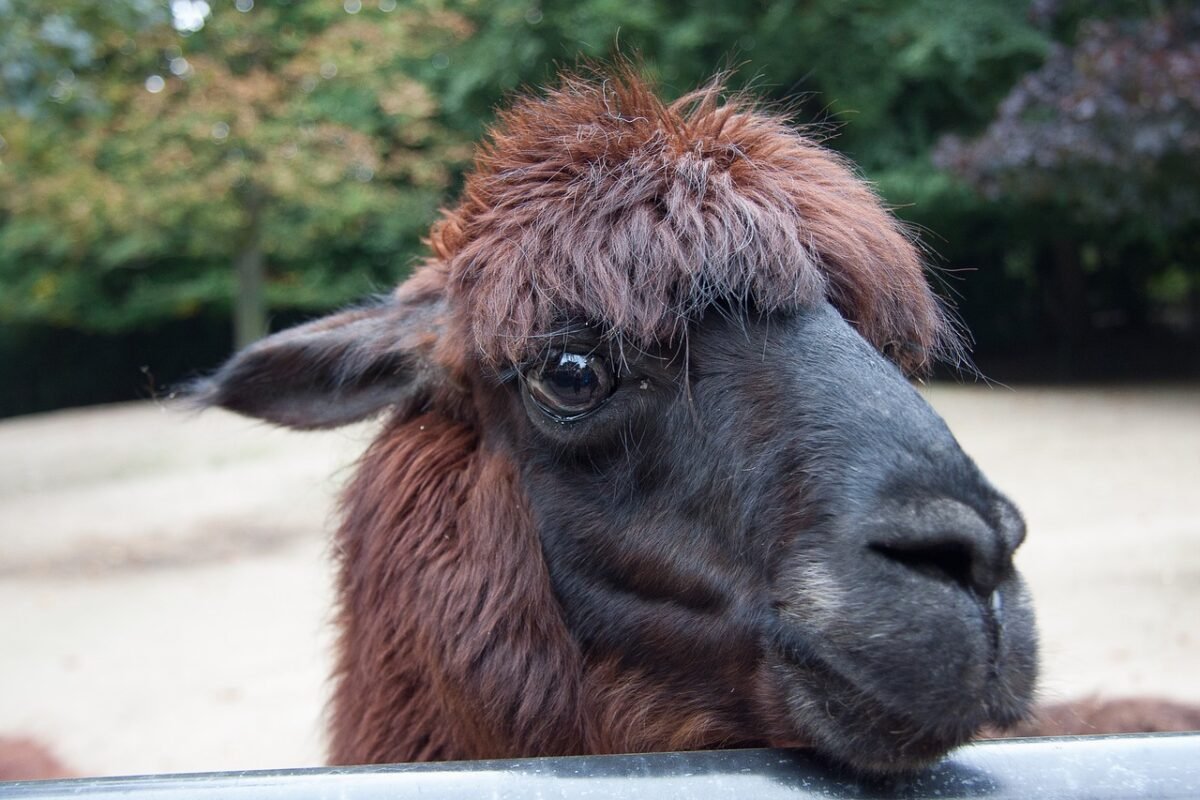-
What to do with dogs in hot weather.
We love our dogs so much that we cannot bear to be without them, mainly because they are part of the family and our children’s best friends. That is why we thoughtlessly put them at risk by insisting on taking them everywhere with us during hot weather. If we are going to the beach with…
